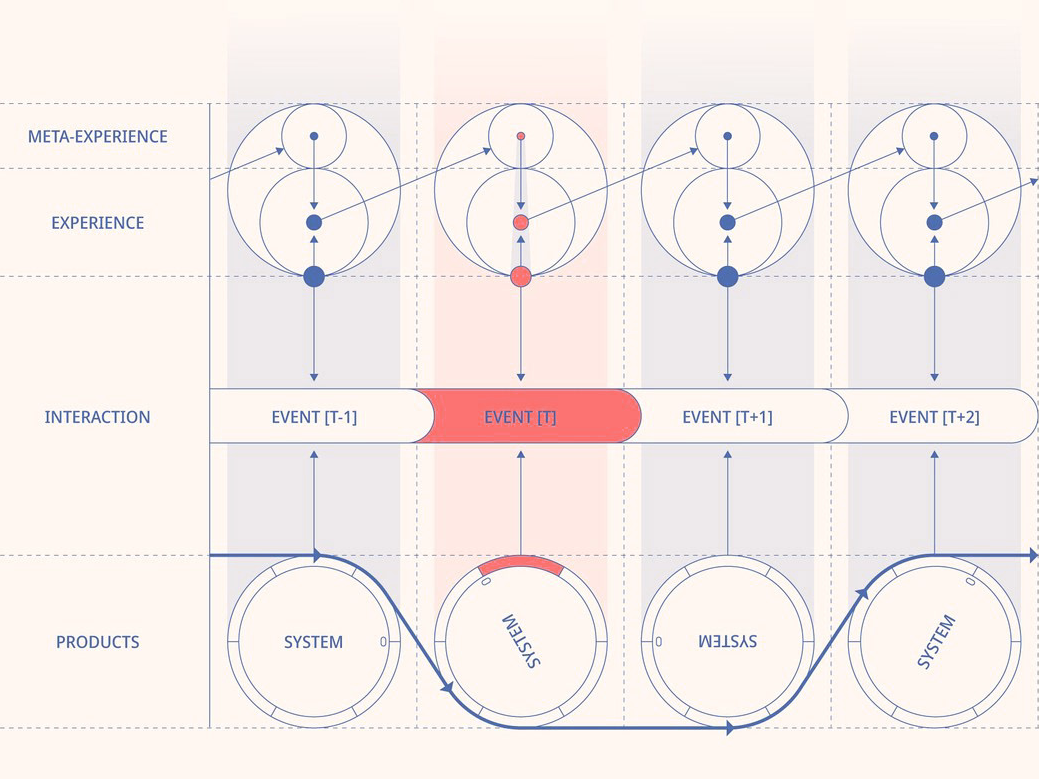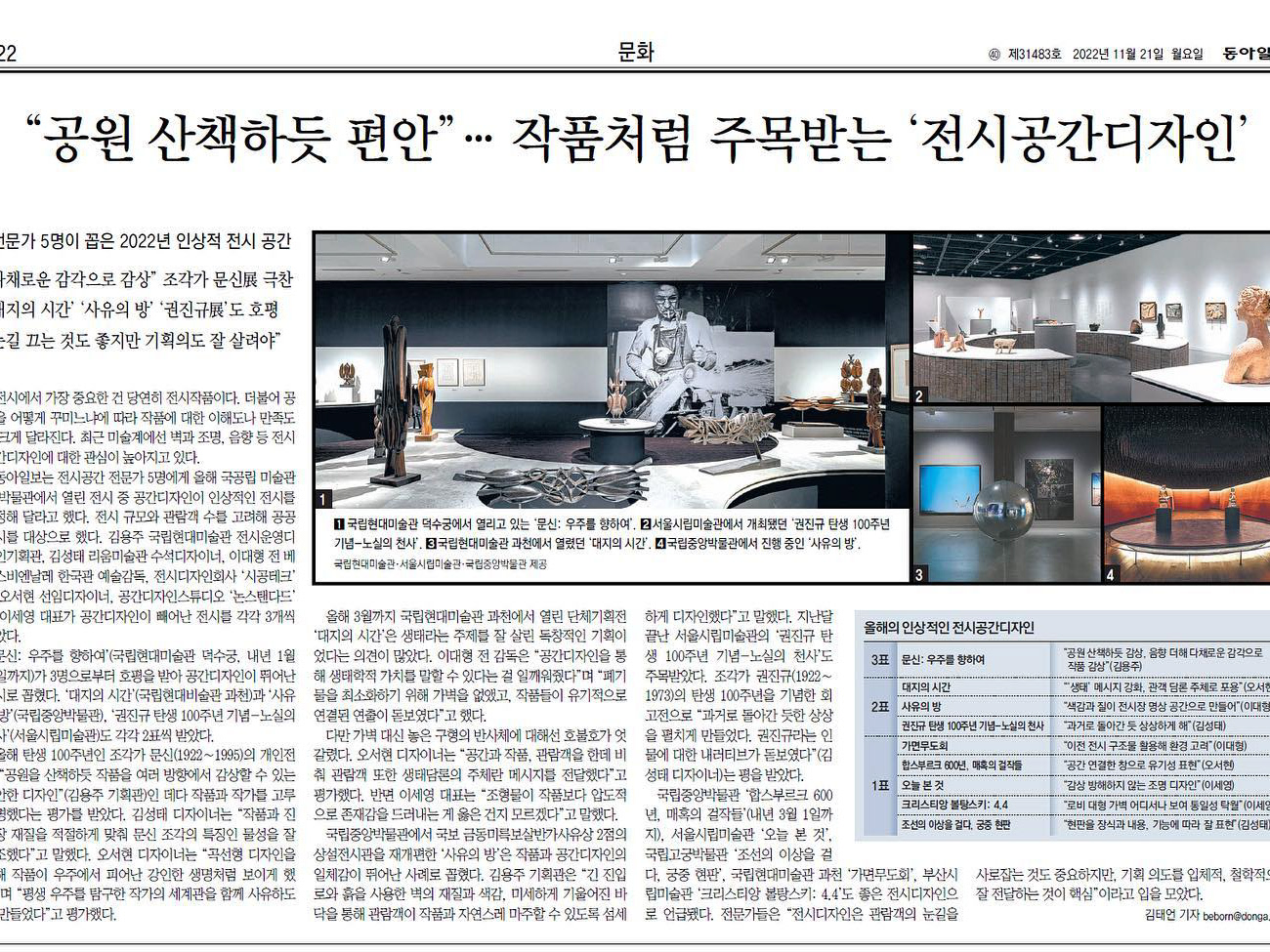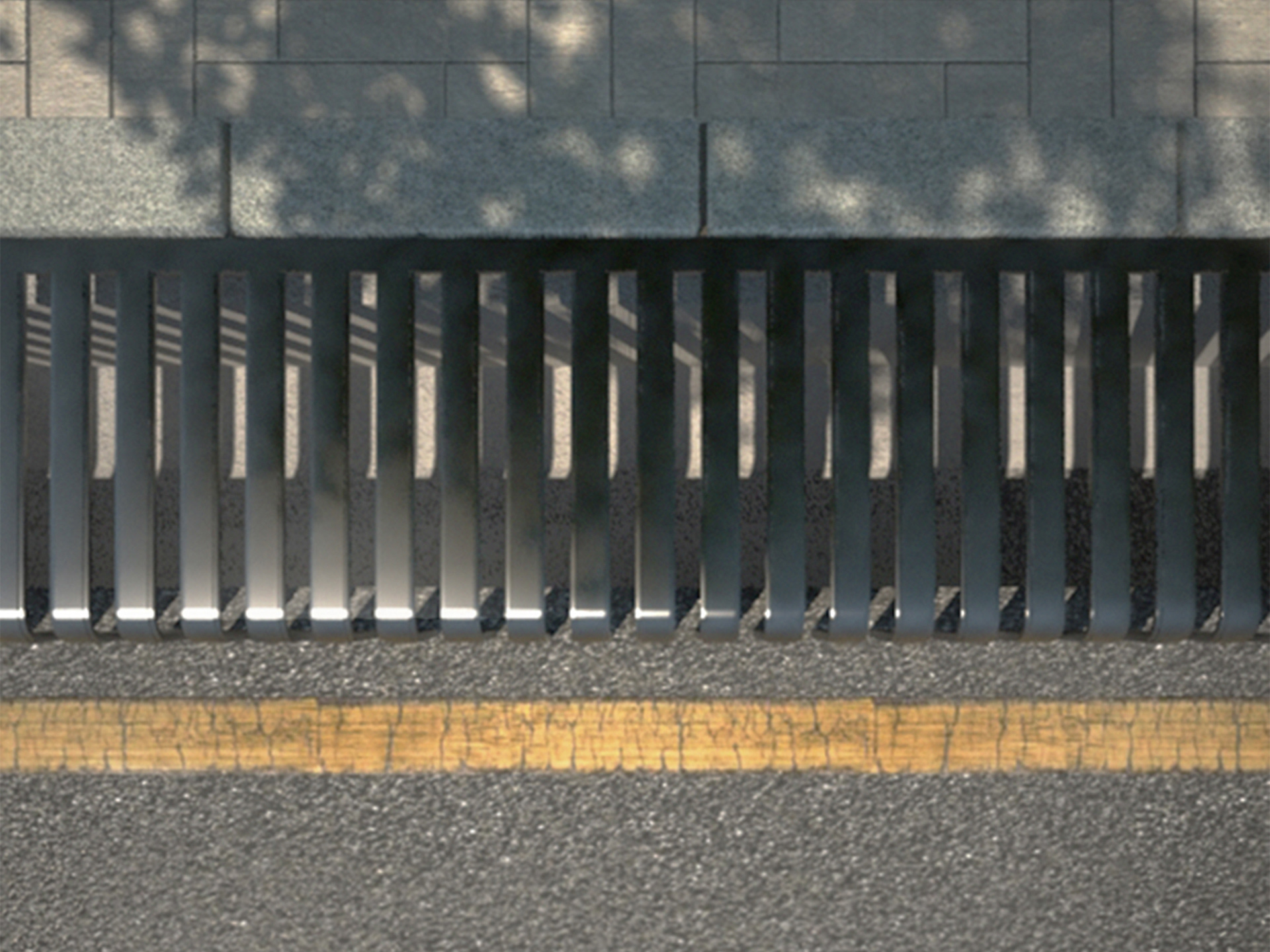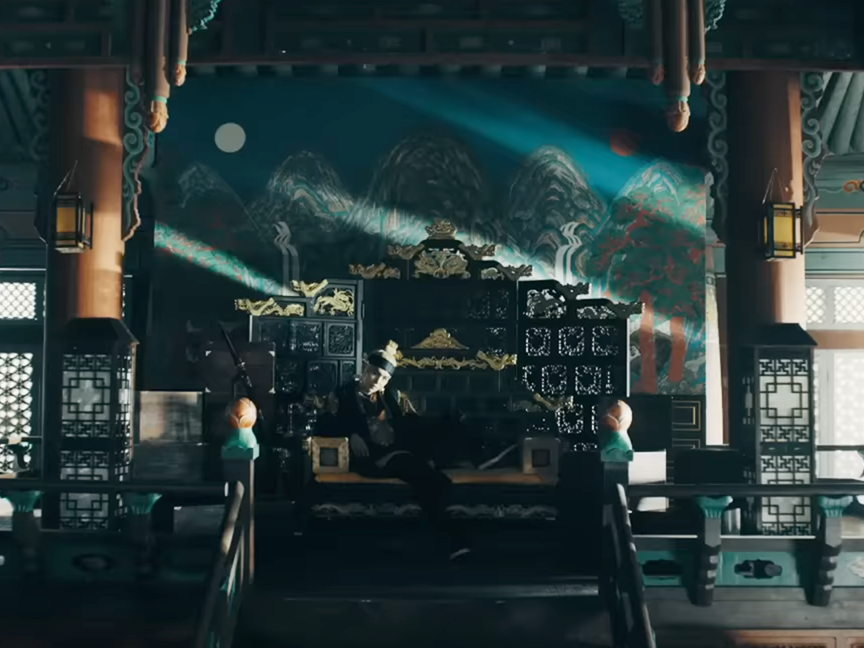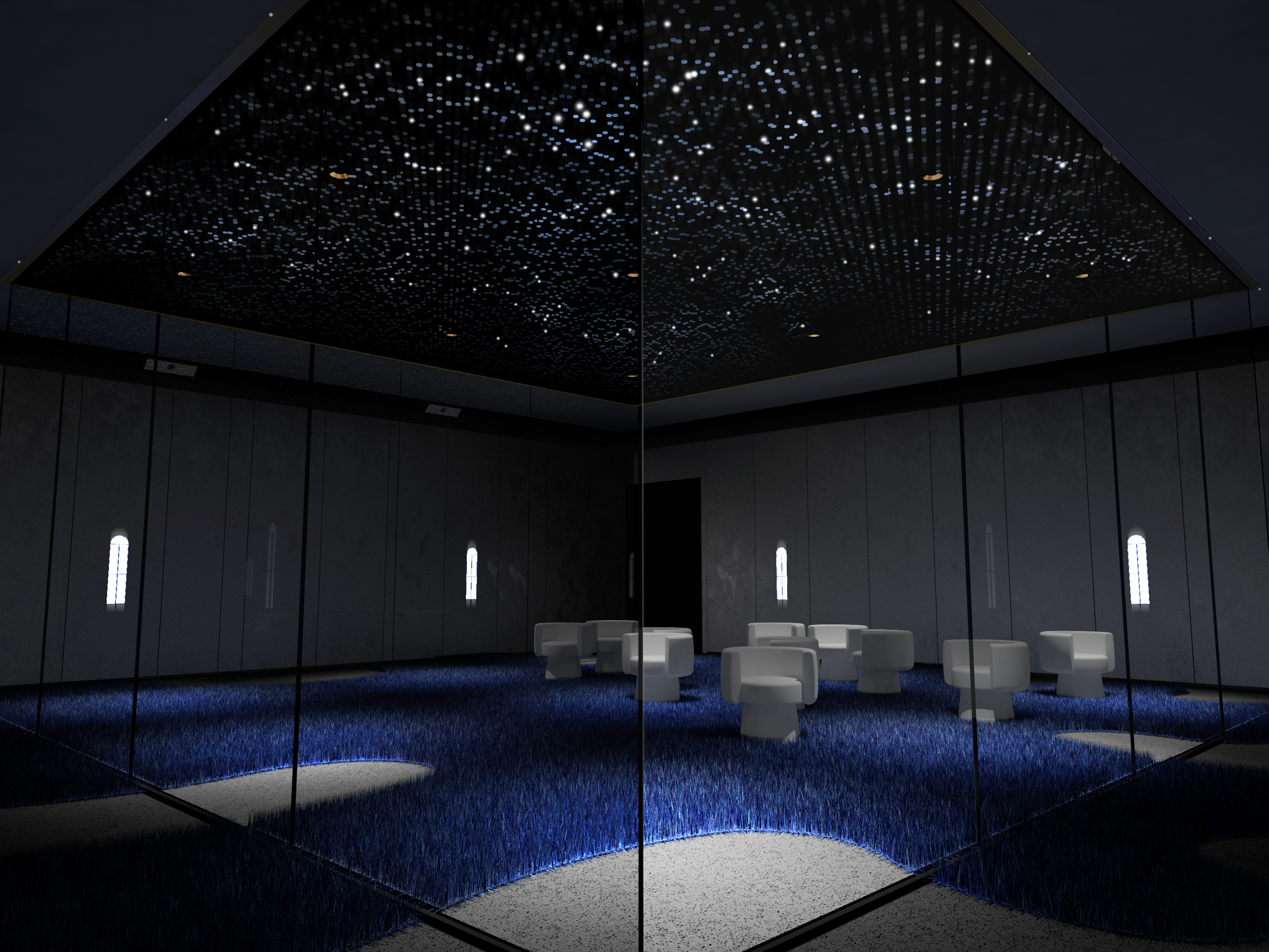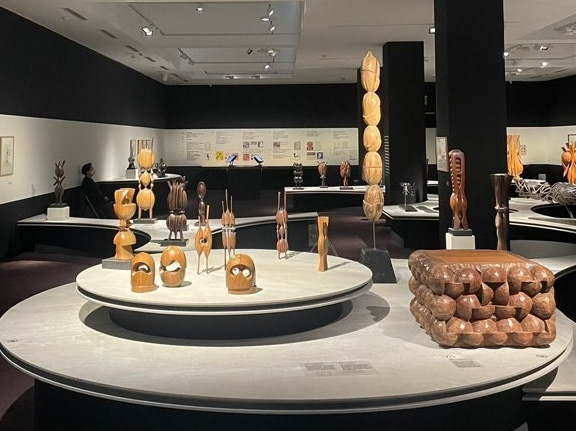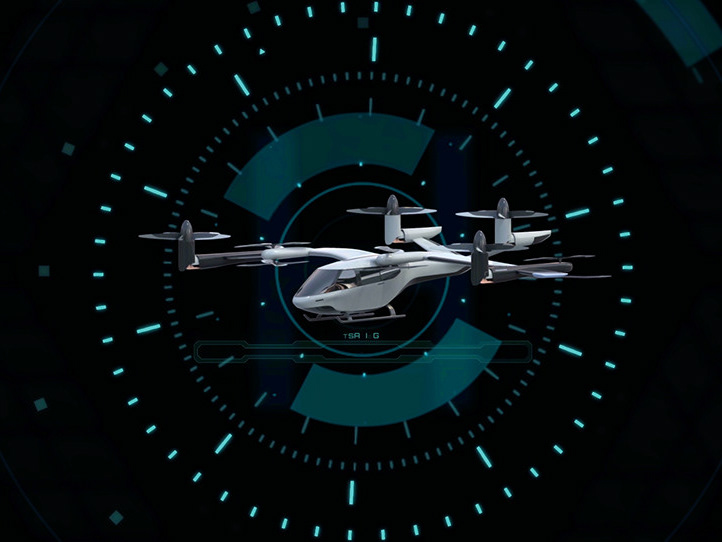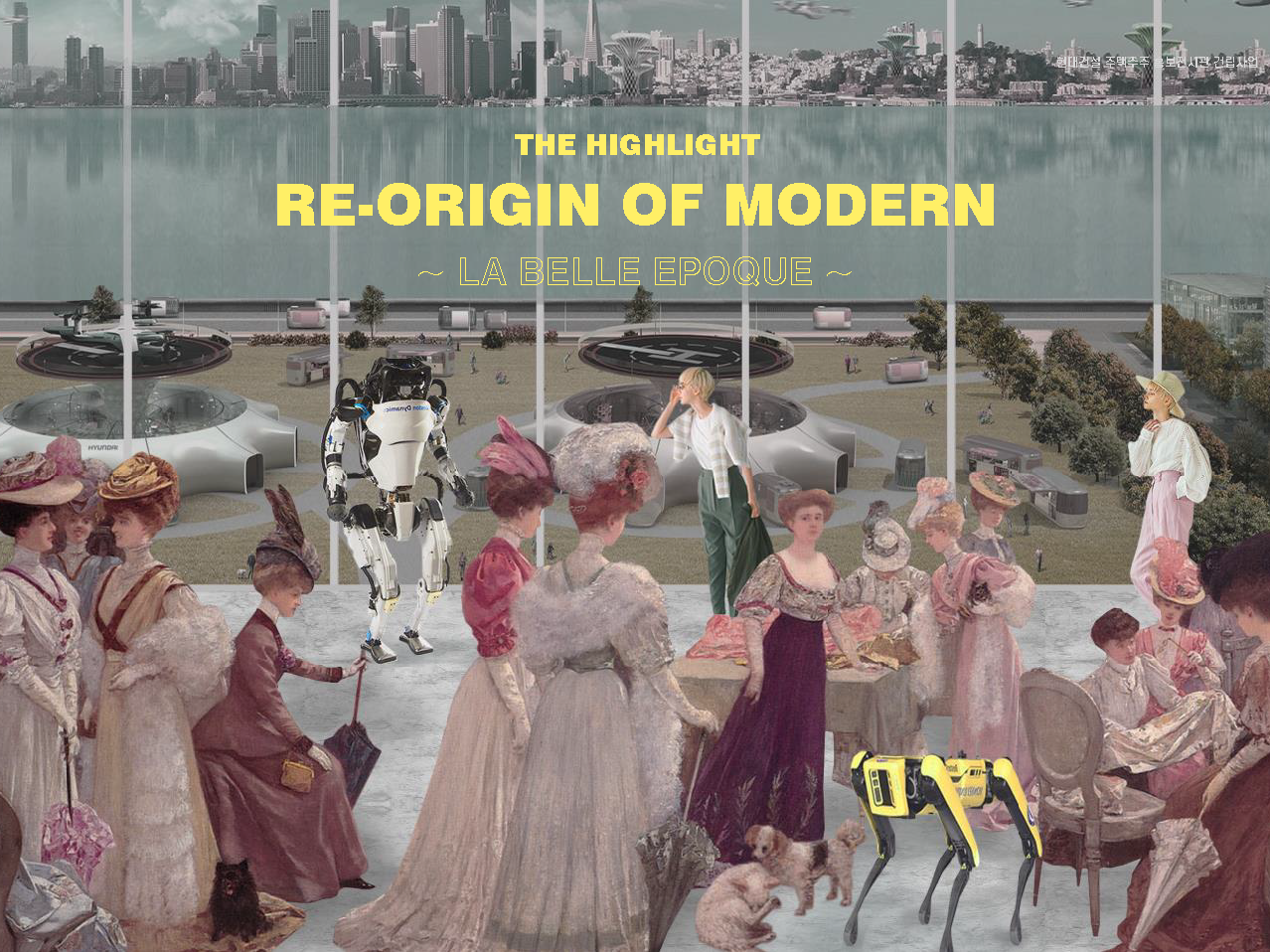PROJECT MANAGER & LEAD DESIGNER
Samsung Transportation Museum opened in 1988. The museum has exhibited more than 200 fascinating classic cars for the public. However, the exhibit environment has deteriorated over time, so they decided to renovate it. The museum wanted to exhibit as many cars as possible in the exhibition room of about 3,000 square meters. Moreover, they wanted to present each unique story of the respective vehicles effectively.
At the beginning of the project, I measured the size of all cars and drew them using CAD on the plan of the exhibit room to determine the proper number of items for the exhibition. As a result, I could choose forty-two chronological cars from 18C to 21C. Then, I sketched the basic plan design along with positioning the cars one by one.
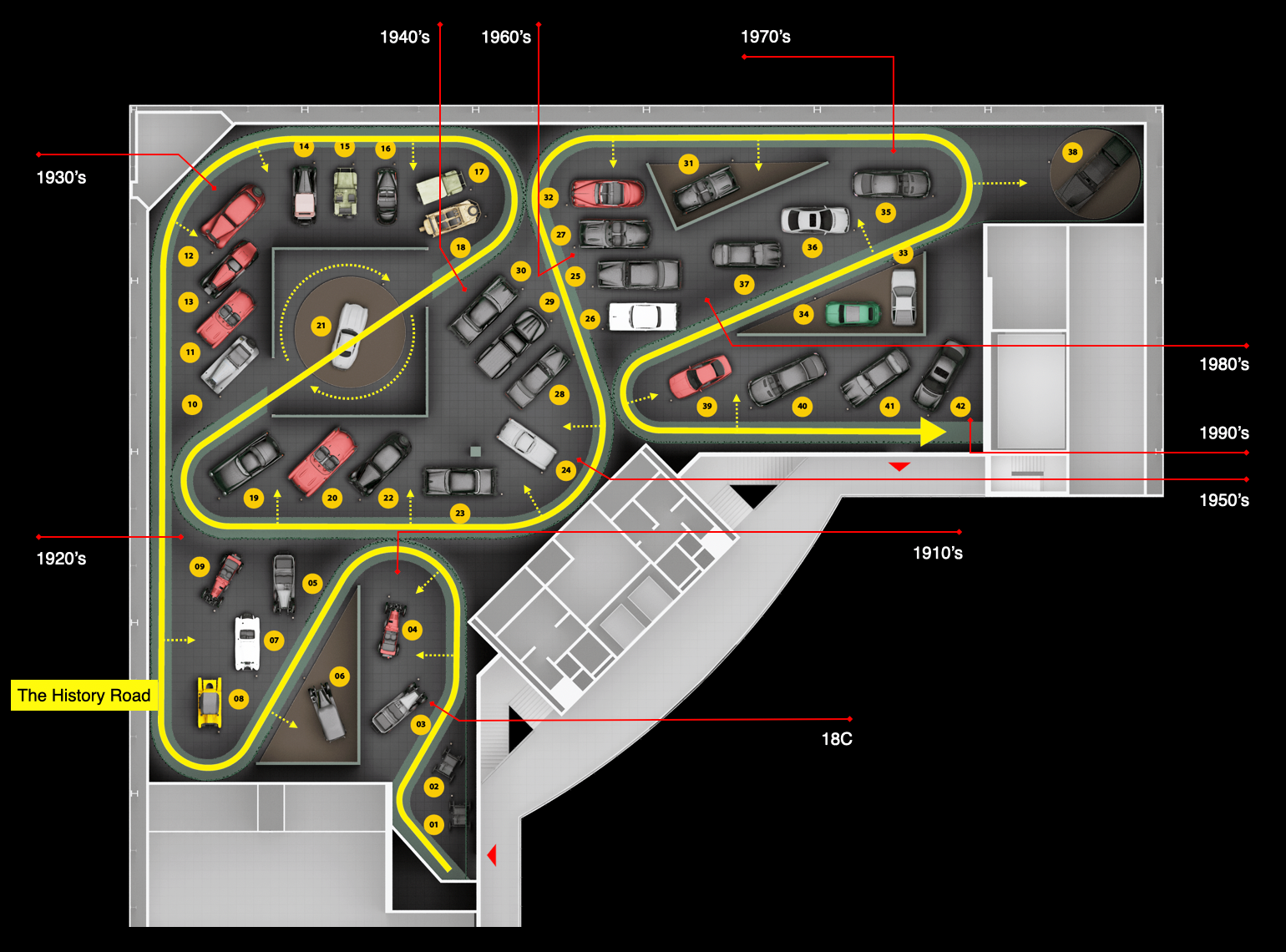

As you can see in the plan, a dynamic line runs throughout the exhibit room. It is the fundamental design element that dominates the whole exhibit experience. From the side of storytelling, it is the "History Line" that guides audiences along the flow of the development of vehicles. At the same time, the line generates diverse-sized volumes for each group of cars, providing audiences with various impressions of space.
Moreover, there are several "pockets" in the room. I named them the "Episode Pocket." I selected meaningful collections from each era and designed the pocket exhibit using multimedia to reveal the respective stories of the masterpieces. While appreciating the cars along the History Line, audiences will encounter the pocket, which makes the exhibit experience richer and gives them a deeper understanding of the development of transportation.
In this project, I used fabric curtains to form adequate void scales for appreciation. Proper appreciation needs the appropriate scale of exhibition space. This is why exhibition designers often draw solid walls to separate each content. However, at this time, I could not use permanent walls for several reasons. The first reason was the limited budget, which was not enough even to build walls. The other reason was that if I built solid walls, it would be almost impossible to change collections because the walls would be barriers to moving cars.
The Fabric curtains encircle each group of cars gently. It is only hung overhead level, so under the curtain, the whole exhibit room is not physically separated. Also, the soft material is well-matched with the classic cars, making the atmosphere more gorgeous.
The History Line on the floor, highly hung curtains, and pockets make diverse impressions of the exhibit room, denying a monotonous atmosphere. They have deep layers of void and subsequently open the layers to audiences, leading them to follow the flow of the exhibit spontaneously. Moreover, these ample space sequences are meaningful because they are more friendly to the contemporary SNS environment. In other words, they are "Instagramable."
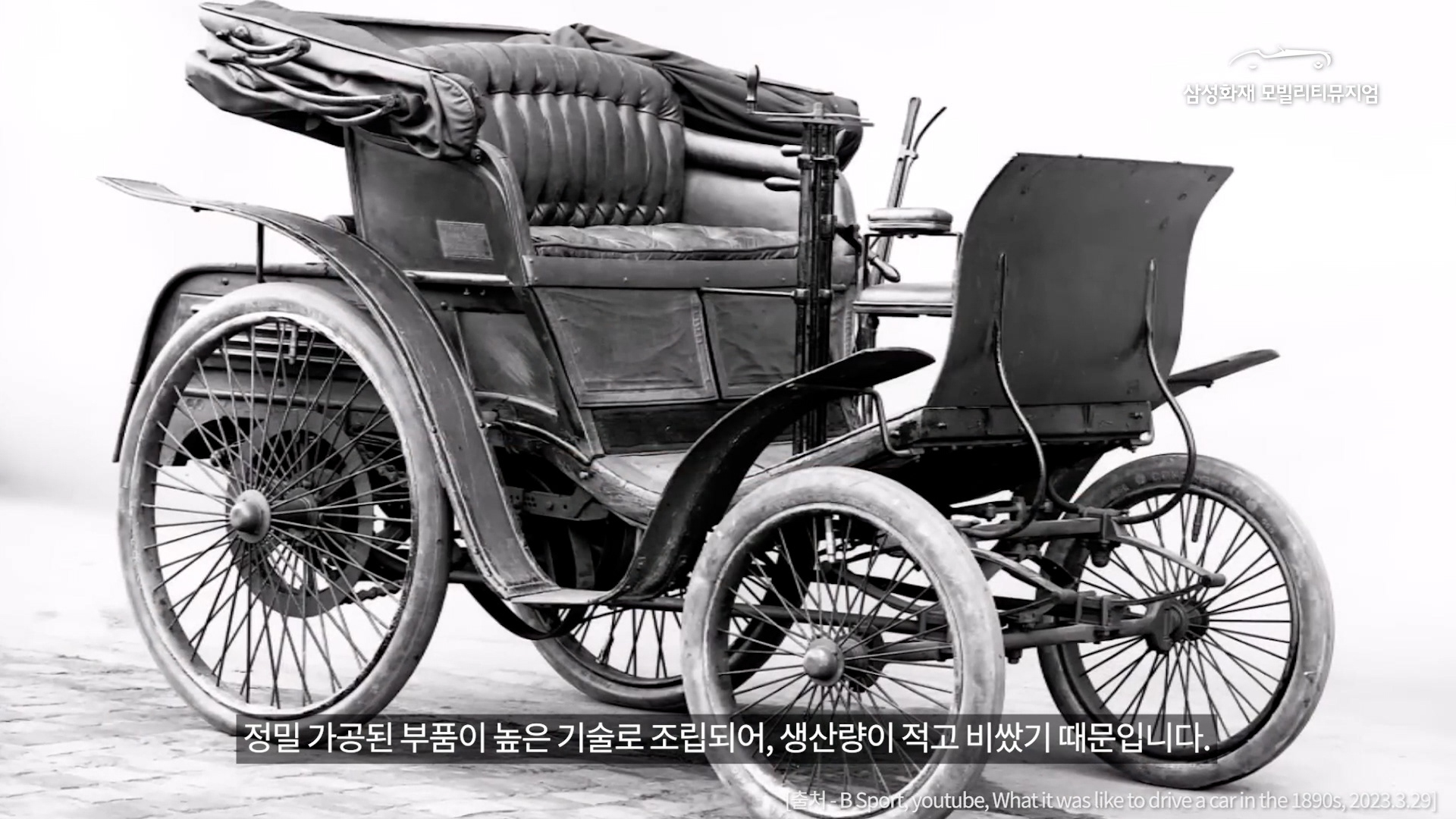

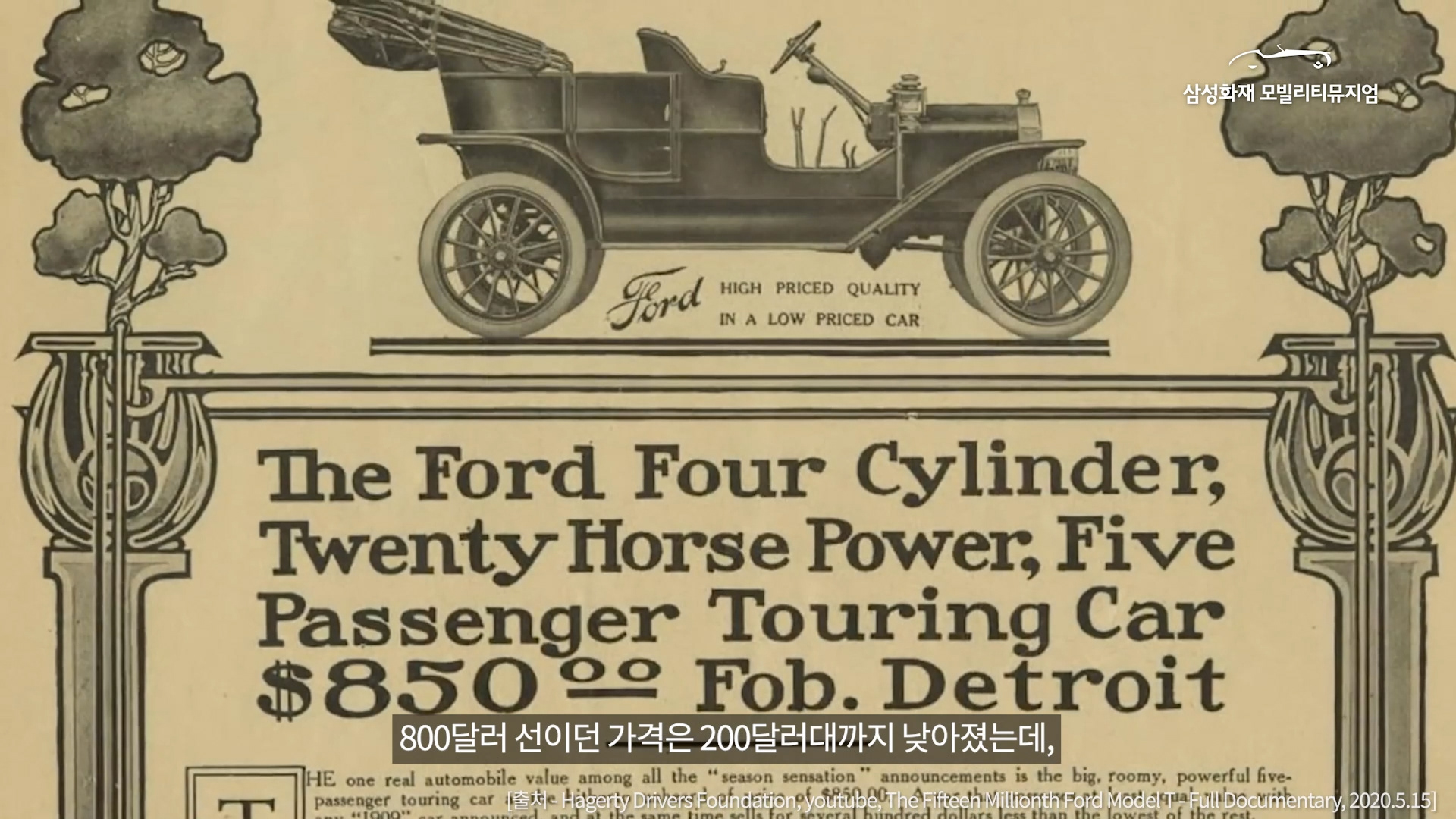


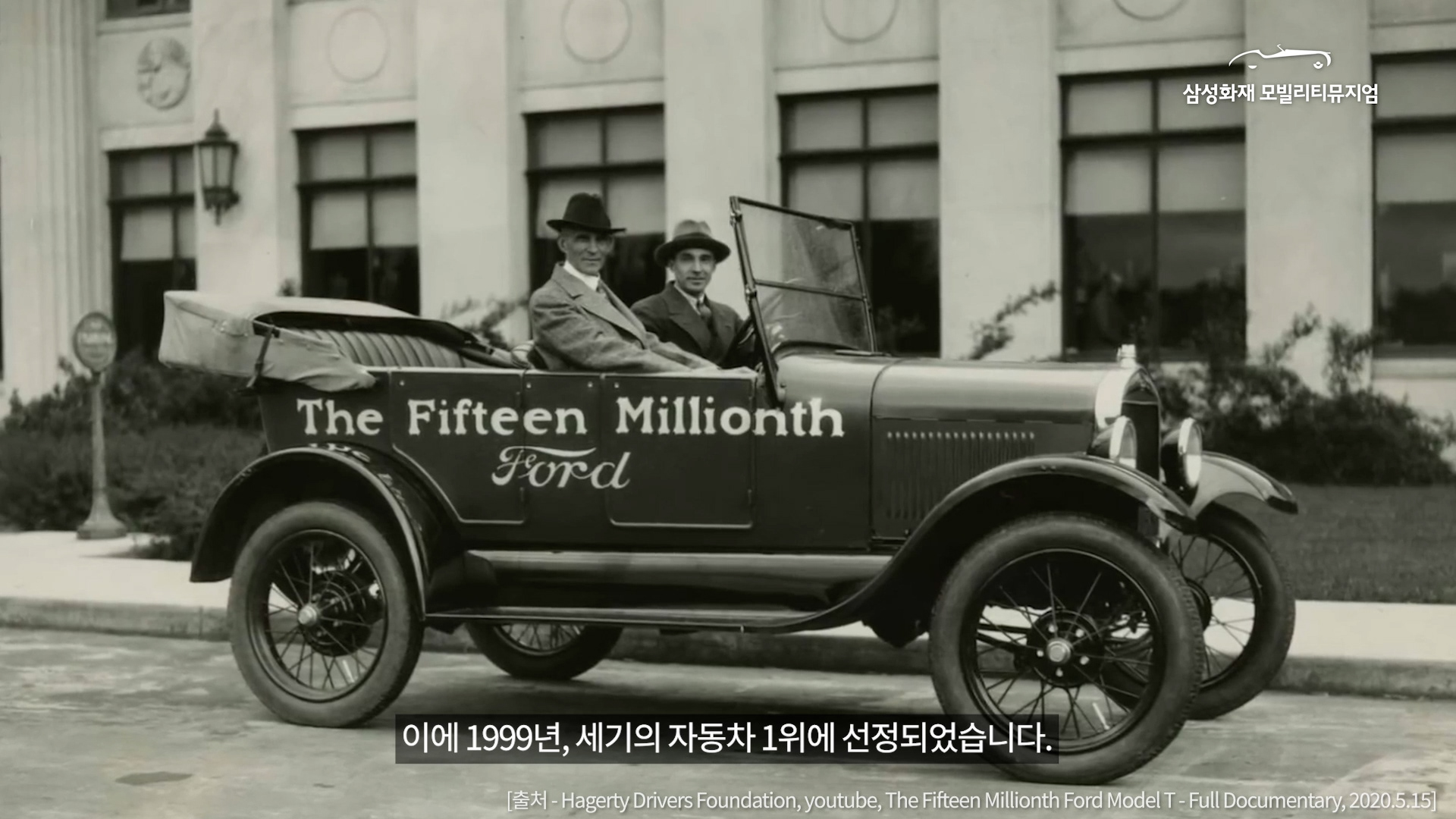
In each pocket, cars are exhibited alongside projected videos telling their story. The video consists of diverse historical sources and narration. The videos are not only storytellers but also background images, which make the cars more vivid. By using directional speakers, I prevented the audio from spreading throughout the room. Breath are the list of the pocket exhibitions.
Ep. 01 / The First Driver - Mercedes Benz, Motor Wagon
Ep. 02 / The Revolution in Automobile Manufacturing - Ford, Model T
Ep. 03 / The Most Beautiful Car Ever - Mercedes Benz, 300SL
Ep. 04 / The Racing Car out of Circuit -Fiat, Dino Spider
Ep. 05 / The Car of the President - Cadillac, Fleetwood Limo
Ep. 06 / The Gene of Design - Delorean DMC-12 & Hyundai Pony
Ep. 02 / The Revolution in Automobile Manufacturing - Ford, Model T
Ep. 03 / The Most Beautiful Car Ever - Mercedes Benz, 300SL
Ep. 04 / The Racing Car out of Circuit -Fiat, Dino Spider
Ep. 05 / The Car of the President - Cadillac, Fleetwood Limo
Ep. 06 / The Gene of Design - Delorean DMC-12 & Hyundai Pony
Of the pockets, the largest one is more distinctive than the others. This pocket is designed to exhibit the sole masterpiece of the whole Industrial Design History. It is for the Mercedes-Benz 300SL, "Gullwing." Hexagonal-shaped lighting is positioned like the wings of a butterfly, making the masterpiece look more slight. Green-colored marble walls contrast the silver metallic body of the car, stressing its mechanical aesthetics. The room has no fancy media talking about the object. I designed the room only for aesthetic appreciation.
CREDITS
Project Manager: Seuhyun Oh
Senior Designer : Seuhyun Oh
Senior Director : Ara Cho
Junior Designer : Eunsol Oh

